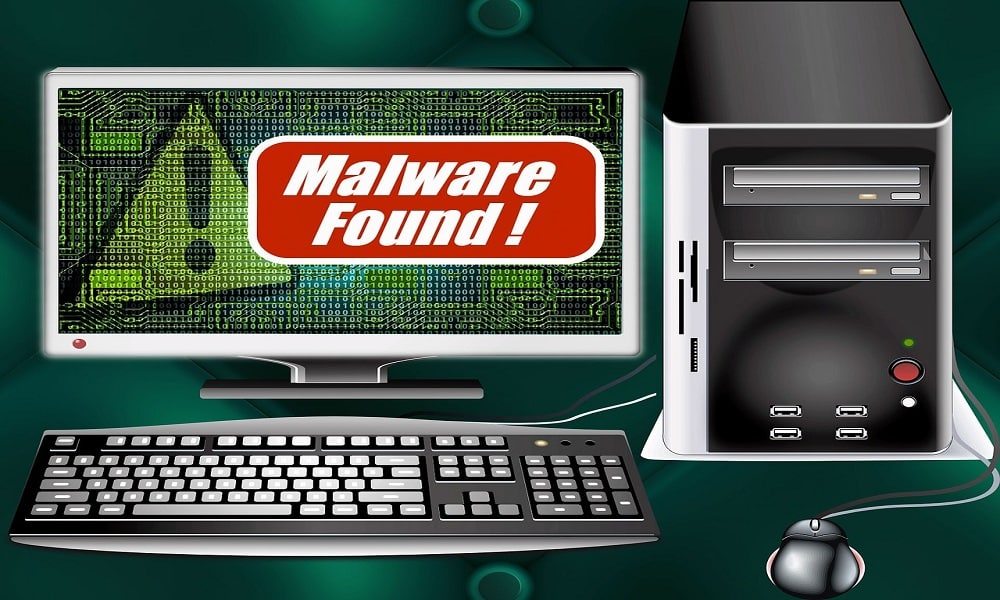Today, in the broad world of the internet, malware continues evolving, adapting to new technologies and becoming increasingly sophisticated. From simple viruses to sophisticated cyberattacks, malicious software (malware) has grown rapidly over the decades. Here are examples of some of the deadliest and most impactful malware in history and how they reshaped the cybersecurity landscape.
1. The Birth of Malware: Early Computer Viruses
The term “malware” is now synonymous with digital threats, but its origins trace back to the earliest days of computing. The first known computer virus, Creeper, appeared in 1971 and was more of a prank than a dangerous attack. However, this “virus” laid the groundwork for the malicious software that would dominate the digital world in the years ahead, according to Private Internet Access (PIA).
Creeper Virus: The Creeper virus spread on ARPANET, the precursor to the modern internet, and displayed the message: “I’m the Creeper. Catch me if you can!” Though it wasn’t destructive, Creeper demonstrated how software could spread across networks. This prompted the creation of the first antivirus program, Reaper, which was designed to remove Creeper.
2. The Rise of Viruses: A Dangerous Evolution
As personal computers became more common in the 1980s, so did computer viruses. One of the earliest and most infamous was the Brain Virus of 1986. Designed by two Pakistani brothers, it was the first known virus to spread through floppy disks.
The Brain Virus: Though the Brain virus wasn’t destructive—it simply displayed a message identifying the creators—it marked the beginning of a widespread problem: self-replicating code that could spread across networks and impact millions of users.
3. The Internet Age: Malware Spreads Like Wildfire
Malware began spreading alarmingly as the internet became more integrated into daily life. The ILOVEYOU virus (2000) is one of the most notorious examples. A seemingly innocent email subject line—“I love you”—lured millions of users into opening an infected attachment, resulting in massive damage to personal and corporate systems worldwide.
ILOVEYOU Virus: A simple yet devastating email attachment, the ILOVEYOU virus caused an estimated $10 billion in damages, making it one of the costliest malware attacks ever. The virus was designed to spread through email, affecting systems globally within hours, and was a key moment in demonstrating how quickly a digital threat could spread.
4. The Age of Worms: Stuxnet and the Global Network
Worms are a class of malware that spread autonomously without needing human intervention. Stuxnet, discovered in 2010, is one of the most famous and deadly worms in history. Explicitly designed to target Iran’s nuclear program, Stuxnet marked the first time malware was used as a cyber warfare tool.
Stuxnet: Stuxnet was not just a traditional virus or worm. It was a highly sophisticated malware that targeted specific industrial control systems (ICS). It managed to sabotage Iran’s nuclear centrifuges by altering their operation while sending normal readings to monitoring systems. Its discovery in 2010 was a wake-up call for cybersecurity experts, revealing how targeted malware could have geopolitical implications.
5. Ransomware: The Rise of Digital Extortion
In the 2010s, ransomware became one of the most financially damaging types of malware. Unlike traditional viruses, which focus on data destruction or theft, ransomware locks users out of their files, demanding a ransom to restore access. The WannaCry ransomware attack (2017) is one of the most devastating examples.
WannaCry: The WannaCry attack affected more than 200,000 computers across 150 countries. It exploited a vulnerability in Microsoft Windows. The attack encrypted users’ files and demanded a ransom in Bitcoin to unlock them. The attack caused significant disruptions to hospitals, businesses, and government organizations, highlighting the vulnerability of critical infrastructure to cyberattacks.
6. Data Breaches and Spyware: The Hidden Threats
While ransomware has made headlines, spyware, and data breaches are also major threats in the malware landscape. These forms of malware are designed to steal sensitive information, often without the user’s knowledge. The stolen data is sometimes sold on the dark web, leading to financial and reputational damage.
Spyware Examples:
- Keyloggers: These pieces of malware record keystrokes, capturing sensitive information like passwords and credit card numbers.
- Adware: Often bundled with legitimate software, adware can secretly track user behavior and hijack browsing activities to serve malicious advertisements.
The Equifax breach (2017) is a prime example of how data breaches can expose millions of people’s personal information. Attackers exploited a vulnerability in the company’s systems, exposing sensitive data belonging to over 147 million Americans.
7. The Impact of Malware on Cybersecurity
The constant evolution of malware has forced the cybersecurity industry to adapt and innovate. Antivirus software, firewalls, and intrusion detection systems became the first line of defense, but the sophistication of modern attacks has made it clear that more proactive measures are needed.
The Changing Face of Cybersecurity:
- Zero-Day Exploits: As malware creators become more advanced, cybersecurity professionals must address vulnerabilities before they are discovered or exploited.
- Artificial Intelligence in Malware: The rise of AI has brought about the potential for malware to learn and adapt, making it harder to detect and prevent.
Malware has driven the development of advanced security tools and strategies, such as machine learning and behavioral analysis, to help organizations avoid emerging threats.
Conclusion: The Ongoing Battle Against Malware
While we’ve seen some of the deadliest malware attacks in history, the battle against these digital threats is far from over. The risk of sophisticated attacks grows as the world becomes more interconnected, making cybersecurity more critical.
Businesses, governments, and individuals must stay vigilant and adopt proactive security measures to defend against the ever-evolving malware landscape. From regular software updates to the use of strong, unique passwords and encryption, several steps can help mitigate the risk of falling victim to malicious attacks.


